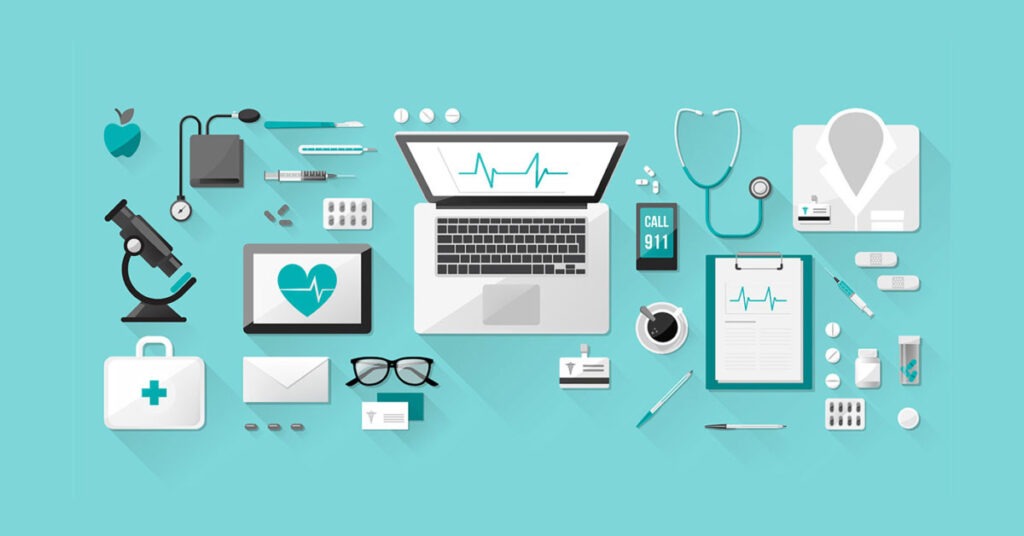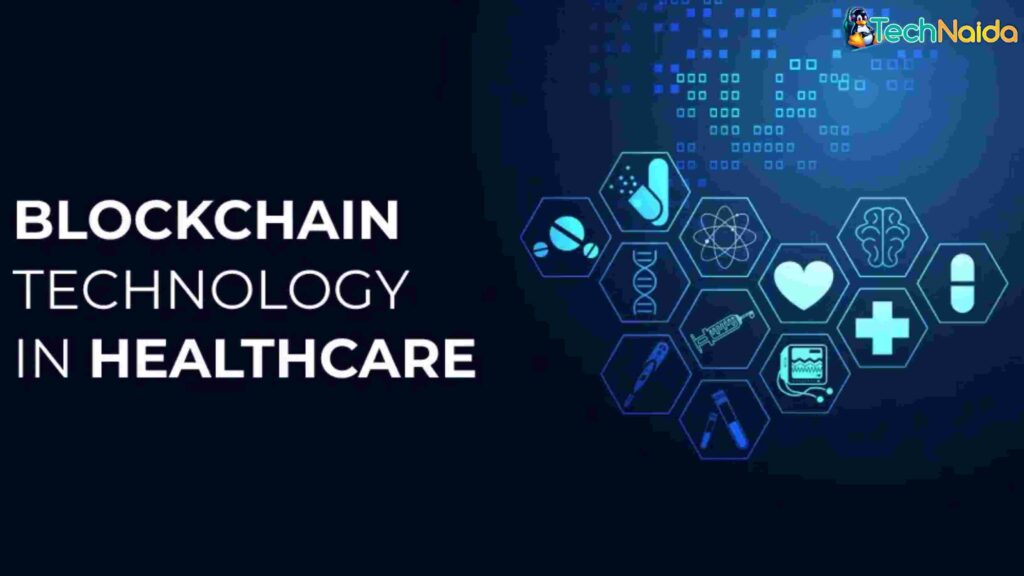Demystifying Health IT: A Dummy’s Journey to Digital Transformation
Health Information Technology (Health IT) might sound like a futuristic buzzword, but it’s very much a part of today’s healthcare landscape. Essentially, Health IT refers to the comprehensive management of health information across computerized systems and the secure exchange of this information between patients, providers, and insurers. Think of it as the backbone of modern healthcare, making everything run smoother, faster, and safer. But why should you care? Because it’s transforming healthcare as we know it, enhancing patient care, reducing costs, and streamlining operations. Ready to dive in?
History of Health IT
Early Beginnings
Health IT didn’t just appear overnight. It all started with the basic digitalization of patient records. Back in the day, healthcare relied heavily on paper-based systems, which were cumbersome and prone to errors. The move towards electronic health records (EHRs) began in the 1960s, but it wasn’t until the late 20th century that significant progress was made.
Major Milestones in Health IT
The 21st century saw an explosion in Health IT advancements. Key milestones include the adoption of EHRs, the development of Health Information Exchanges (HIEs), and the rise of telemedicine. Legislation like the Health Information Technology for Economic and Clinical Health (HITECH) Act of 2009 played a crucial role in accelerating Health IT adoption by providing financial incentives to healthcare providers.
Core Components of Health IT
Electronic Health Records (EHR)
EHRs are digital versions of patients’ paper charts. They contain patient history, diagnoses, medications, treatment plans, immunization dates, allergies, radiology images, and laboratory test results. The beauty of EHRs is that they are real-time, patient-centered records that make information available instantly and securely to authorized users.
Health Information Exchange (HIE)
HIE allows healthcare professionals and patients to appropriately access and securely share a patient’s vital medical information electronically. This system is crucial for coordinated care, especially in emergencies when every second counts.
Telemedicine and Telehealth
Telemedicine involves the use of electronic communications to provide clinical services to patients without an in-person visit. Telehealth is a broader term that includes telemedicine as well as remote non-clinical services, such as provider training and administrative meetings.
Benefits of Health IT
Improved Patient Care
One of the biggest benefits of Health IT is the improvement in patient care. EHRs provide accurate, up-to-date, and complete information about patients at the point of care. They enable quick access to patient records for more coordinated, efficient care.
Enhanced Efficiency
Health IT streamlines administrative processes, reducing the time spent on paperwork. This allows healthcare providers to focus more on patient care. Systems like EHRs and HIEs ensure that information flows seamlessly across different healthcare settings.
Cost Reduction
By reducing the need for duplicate tests and improving efficiency, Health IT helps cut healthcare costs. It also reduces paperwork and administrative overhead, contributing to overall cost savings.
Challenges in Health IT
Privacy and Security Concerns
With great power comes great responsibility. The digitization of health information raises significant privacy and security issues. Protecting sensitive patient data from breaches and cyberattacks is a top priority.
Interoperability Issues
Interoperability, or the ability of different Health IT systems to work together, is another major challenge. Without interoperability, the full benefits of Health IT cannot be realized.
High Implementation Costs
Implementing Health IT systems can be expensive. From purchasing software to training staff, the costs can add up quickly, posing a barrier for many healthcare providers.
Electronic Health Records (EHR)
Definition and Features
EHRs are more than just digital versions of paper charts. They are designed to go beyond standard clinical data collected in a provider’s office and can include a broader view of a patient’s care.
Benefits of EHR
EHRs improve patient care by providing accurate and complete information about patients. They enable quick access to patient records for more coordinated, efficient care and facilitate better communication between healthcare providers.
Challenges and Limitations of EHR
Despite their benefits, EHRs have challenges. They can be costly to implement and maintain. There are also concerns about data privacy and security, and some healthcare providers find them cumbersome to use.
Health Information Exchange (HIE)
Definition and Importance
HIE refers to the electronic sharing of health-related information among organizations. It plays a crucial role in providing high-quality, patient-centered care.
Types of HIE
HIEs can be classified into three types: directed exchange, query-based exchange, and consumer-mediated exchange. Each type serves different purposes and offers unique benefits.
Benefits and Challenges of HIE
HIE improves the quality of care by ensuring that health information is available when and where it is needed. However, issues such as data standardization, privacy concerns, and the cost of implementation remain significant challenges.
Telemedicine and Telehealth
Definition and Differences
While often used interchangeably, telemedicine and telehealth are not the same. Telemedicine specifically refers to remote clinical services, while telehealth encompasses a broader scope of remote healthcare services, including non-clinical services.
Benefits of Telemedicine
Telemedicine offers numerous benefits, including increased access to care, especially for those in remote areas, reduced healthcare costs, and improved patient outcomes.
Challenges in Telehealth Implementation
Implementing telehealth comes with challenges such as technology costs, regulatory issues, and the need for reliable internet access. Ensuring patient privacy during telehealth consultations is also a major concern.
Health IT Standards and Regulations
HIPAA
The Health Insurance Portability and Accountability Act (HIPAA) sets the standard for protecting sensitive patient data. Any company dealing with protected health information (PHI) must ensure that all the required physical, network, and process security measures are in place and followed.
HITECH Act
The HITECH Act was enacted to promote the adoption and meaningful use of Health IT. It provides financial incentives for healthcare providers to use EHRs and aims to improve healthcare quality, safety, and efficiency through the use of Health IT.
Meaningful Use
Meaningful Use is a set of standards defined by the Centers for Medicare & Medicaid Services (CMS) incentive programs that governs the use of EHRs. The goal is to promote the spread of EHRs to improve healthcare in the United States.
The Role of Artificial Intelligence in Health IT
AI in Diagnosis and Treatment
AI is revolutionizing Health IT by assisting in the diagnosis and treatment of diseases. Machine learning algorithms can analyze vast amounts of data to identify patterns and predict outcomes, aiding in early diagnosis and personalized treatment plans.
Predictive Analytics
Predictive analytics uses historical data to predict future events. In healthcare, this can mean predicting patient outcomes, identifying high-risk patients, and improving preventive care strategies.
AI in Administrative Tasks
AI also plays a role in automating administrative tasks such as scheduling, billing, and data entry, reducing the burden on healthcare providers and allowing them to focus more on patient care.
Patient Portals and Personal Health Records
Definition and Features
Patient portals and personal health records (PHRs) allow patients to access their health information online. They can view test results, schedule appointments, and communicate with their healthcare providers.
Benefits for Patients
These tools empower patients by giving them easy access to their health information, promoting engagement in their own care. They also improve communication between patients and healthcare providers.
Security Concerns
While patient portals and PHRs offer many benefits, they also raise security concerns. Ensuring that these systems are secure and that patient data is protected is crucial.
Mobile Health (mHealth)
Definition and Examples
mHealth involves the use of mobile devices to support public health and clinical practice. Examples include mobile apps for tracking fitness, managing chronic diseases, and accessing health information.
Benefits of mHealth
mHealth can improve access to healthcare services, especially in remote areas. It also supports patient engagement and self-management of health conditions.
Challenges and Future Prospects
Challenges include ensuring the accuracy and reliability of mHealth apps, protecting patient data, and integrating mHealth solutions with existing Health IT systems. However, the future looks promising with advancements in technology and increasing adoption of mHealth solutions.
Future Trends in Health IT
Blockchain in Health IT
Blockchain technology has the potential to enhance data security and interoperability in Health IT. It can provide a secure, decentralized way to manage health records and ensure data integrity.
Internet of Things (IoT) in Healthcare
IoT devices, such as wearable health monitors and smart medical devices, can collect and transmit health data in real-time, improving patient monitoring and care.
Big Data and Analytics
Big data analytics can provide insights into population health, identify trends, and improve clinical decision-making. It has the potential to transform healthcare by providing data-driven insights.
Implementing Health IT in Your Practice
Steps to Get Started
Implementing Health IT requires careful planning. Start by assessing your needs, choosing the right systems, and developing a detailed implementation plan.
Training and Support
Training staff and providing ongoing support is crucial for successful implementation. Ensure that everyone is comfortable using the new systems and understands their benefits.
Monitoring and Evaluation
Regularly monitor and evaluate your Health IT systems to ensure they are meeting your needs and providing the expected benefits. Make adjustments as necessary to improve performance.
Conclusion
Health IT is a rapidly evolving field that offers numerous benefits, from improved patient care to enhanced efficiency and cost savings. While challenges exist, advancements in technology and regulatory support are paving the way for a future where Health IT plays an integral role in healthcare delivery. By understanding and embracing Health IT, healthcare providers can improve patient outcomes, streamline operations, and reduce costs, ultimately transforming the way we experience healthcare.
FAQs
What is Health IT?
Health IT refers to the use of technology to manage health information and support healthcare delivery. It includes systems like electronic health records, health information exchanges, and telemedicine.
How does Health IT improve patient care?
Health IT improves patient care by providing accurate, up-to-date information, enhancing communication between healthcare providers, and enabling more coordinated and efficient care.
What are the main challenges in Health IT?
The main challenges in Health IT include privacy and security concerns, interoperability issues, and high implementation costs.
How secure is patient information in Health IT systems?
Patient information in Health IT systems is protected by stringent security measures and regulations like HIPAA. However, ensuring data security requires ongoing effort and vigilance.
What is the future of Health IT?
The future of Health IT looks promising with advancements in AI, blockchain, IoT, and big data analytics. These technologies have the potential to further enhance healthcare delivery and improve patient outcomes.

